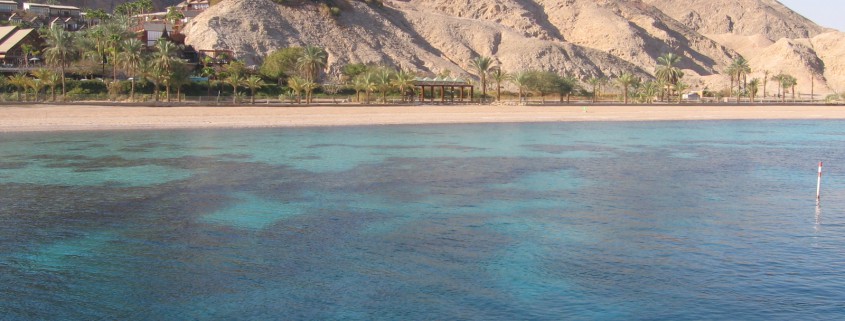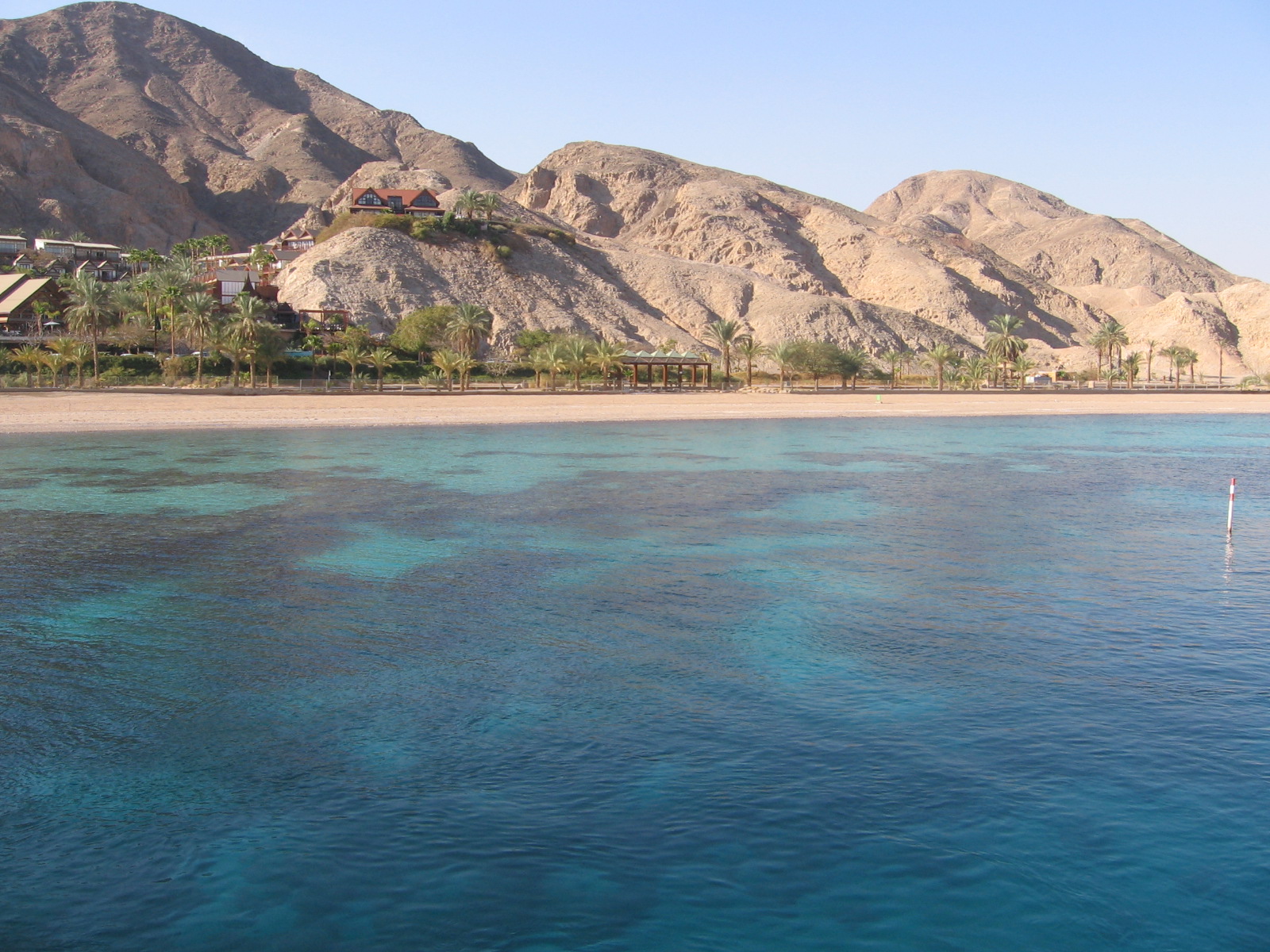
The nitrogen (N) and oxygen (O) isotopic composition (δ15N and δ18O) of water soluble aerosol nitrate was measured in aerosol samples collected in Eilat, Israel, from August 2003 to November 2004. During this period δ15N values ranged from − 6.9‰ to + 1.9‰ and δ18O from + 65.1‰ to + 84.9‰ and exhibited strong seasonal variability with higher average δ15N values observed in the summer and higher δ18O values in the winter. Nitrate isotopic composition was compared with bulk chemical composition and extractable ion and trace metals on co-collected samples linking nitrate isotopic composition to various sources of aerosols to this region. Atmospheric processes impacting the isotopic signatures of nitrate were also considered.Based on back trajectory analyses, the majority of NO3− came from air masses originating over the Mediterranean Sea (34%), Western Europe (20%) and the local Negev desert (19%), which contain a larger anthropogenic imprint compared to southern and eastern air masses which are dominated by mineral dust. The potential role of reactive mineral dust aerosols as a regulator of NO3− isotopic composition is considered; however, based on factor analysis, neither δ15N nor δ18O were associated with mineral dust components (such as Fe or Al), but rather with anthropogenic indicators such as Cu, Cd, P and Pb. Seasonality in primary NOx cycling reactions driven by seasonal changes in solar radiation, relative humidity and temperature also influence the observed isotopic signatures. The isotope data, together with trace element analysis, suggests that seasonal variations in both δ15NNO3 and δ18ONO3 are related to both NOx source and transport processes as well as NOx chemical reactions in the atmosphere.The flux-weighted δ15N of aerosol NO3− in this area averaged − 2.6‰ making aerosol deposition a substantial contributor of low δ15N nitrogen to the oligotrophic waters of the Gulf of Aqaba. Thus, while the flux of atmospheric N to oligotrophic marine systems is smaller than the upward flux of NO3− from deep water, it nonetheless represents an important source of new N having a low δ15N. Further, if this low δ15N signature is not considered, it could interfere with N-fixation estimates based on isotopic composition of dissolved nitrate or particulate organic nitrogen. Thus, atmospheric deposition should be constrained for accurate estimates of marine N-fixation when based on δ15N in the ocean. Indeed, in the Gulf of Aqaba, low upper water δ15NNO3 values could be related to inputs of atmospheric NO3− as well as N-fixation.
Full Text Available on ResearchGate: Sources of aerosol nitrate to the Gulf of Aqaba…


